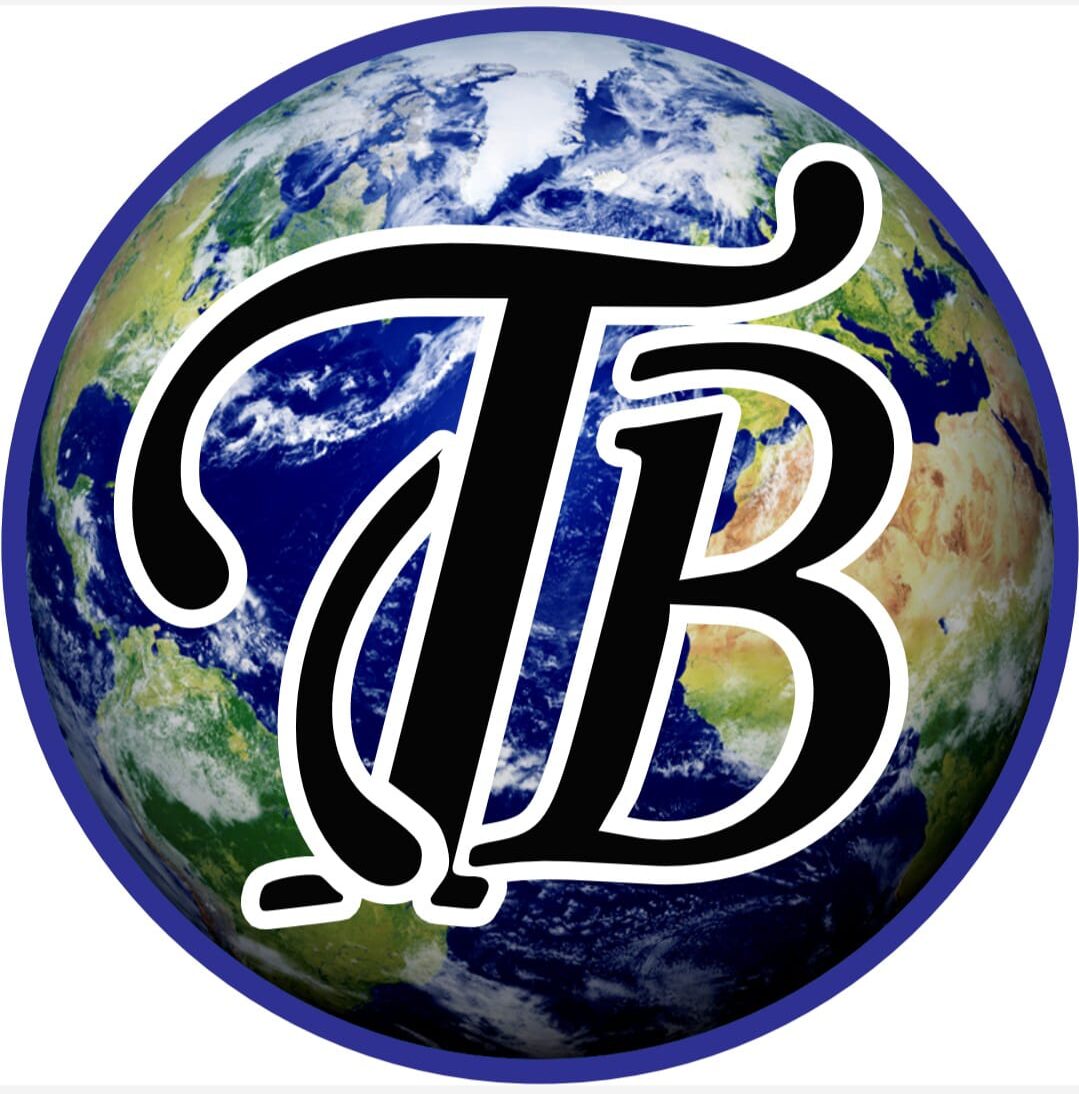Textile Industry’s Digital Transformation

The textile industry has undergone a remarkable transformation with the integration of information technology (IT) into its processes. From design and production to supply chain management and customer engagement, IT has become an indispensable component of the textile industry. This article explores the significant ways in which information technology has revolutionized the textile industry, leading to increased efficiency, improved product quality, and enhanced customer experiences.
Digital Design and Prototyping
Information technology has revolutionized the design process in the textile industry. Computer-aided design (CAD) software allows designers to create intricate patterns, colors, and textures with ease, eliminating the need for manual drawings. Virtual prototyping enables designers to visualize their creations before physical production, reducing the time and cost involved in traditional sampling methods. The use of 3D modeling and simulation software allows for rapid prototyping and product testing, accelerating the design cycle and ensuring optimal results.
Automation and Robotics
The application of automation and robotics in the textile industry has revolutionized production processes. Advanced machinery and robotic systems are now capable of performing tasks such as fabric cutting, sewing, and quality control with precision and speed. Automated systems reduce human error, improve productivity, and enhance overall efficiency. Additionally, robots are increasingly employed in material handling, warehouse management, and logistics, optimizing the supply chain and reducing operational costs.
Supply Chain Management
Information technology plays a crucial role in optimizing the textile industry’s complex supply chain. With the implementation of enterprise resource planning (ERP) systems, companies can integrate and streamline various processes. Including inventory management, production planning, and order fulfillment. Real-time data capture and analytics enable accurate demand forecasting, inventory optimization, and efficient procurement. Supply chain visibility is enhanced, enabling businesses to track and monitor the movement of raw materials, work-in-progress, and finished goods across geographies.
E-commerce and Online Retailing
The rise of e-commerce has transformed the way textiles are bought and sold. Online retail platforms provide a global reach, allowing businesses to expand their customer base and tap into new markets. Information technology enables the creation of user-friendly websites, online catalogs, and secure payment gateways, enhancing the shopping experience for consumers. Personalization algorithms and recommendation systems leverage data analytics to offer tailored product suggestions, increasing customer satisfaction and driving sales.
Internet of Things (IoT) and Smart Textiles
The Internet of Things (IoT) has opened up new possibilities for the textile industry. It is giving rise to smart textiles embedded with sensors and connectivity. IoT-enabled textiles can collect and transmit real-time data, enabling applications such as health monitoring, sports performance tracking, and environmental sensing. Information technology facilitates the integration of sensors, data processing units, and wireless communication technologies into textiles. It is transforming them into intelligent and interactive products.
Data Analytics and Business Intelligence
The textile industry generates vast amounts of data throughout its value chain. Information technology enables businesses to leverage data analytics and business intelligence tools. It helps to gain valuable insights into customer preferences, market trends, and operational efficiency. Analyzing this data helps companies make informed decisions, optimize processes, and drive innovation. Predictive analytics can anticipate demand patterns, enabling proactive inventory management and reducing stockouts or overstocks.
Conclusion
The integration of information technology into the textile industry has redefined its processes, making them more efficient, agile, and customer-centric. From digital design and prototyping to supply chain optimization, e-commerce, IoT, and data analytics, IT has become an integral part of the textile industry’s success. Embracing these technological advancements allows businesses to stay competitive, drive innovation, and meet the evolving demands of consumers in a rapidly changing world. The powerful synergy between information technology and the textile industry continues to unlock endless possibilities and shape a promising future for the industry as a whole.
